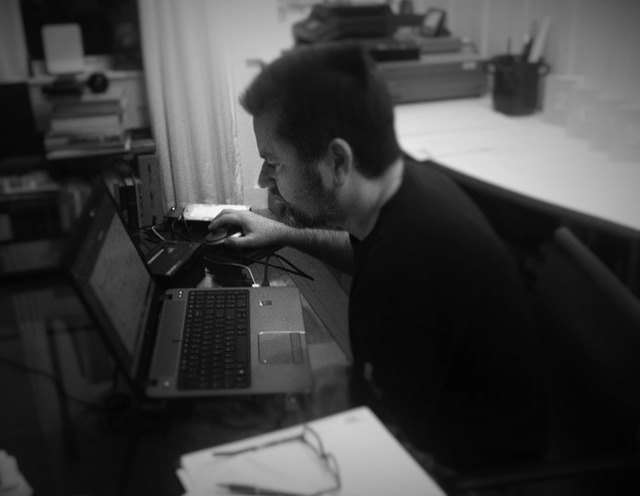Building construction partnerships isn’t just a strategic move; it’s a crucial ingredient to your success. Partnerships provide a firm foundation for growth, bringing in a wealth of expertise, resources, and industry connections that can help you and your constructions grow quickly. The importance of these partnerships extends beyond tangible resources. In an industry as project-driven and multidisciplinary as construction, the value of having reliable partners who understand your vision cannot be overstated.
Construction projects will involve many stakeholders like architects and engineers, as well as suppliers and the local population. Navigating these waters and the complex labyrinth of regulations will require strong alliances, underpinned by mutual trust and respect.
Strong Partnerships Build Mutal Success
Building strong relationships with commercial construction partners begins with careful partner selection. Start by researching potential partners to determine their reliability, reputation, and alignment with your startup’s goals.
Begin the relationship with open, honest communication set the tone for a successful partnership. Share your business plan, discuss potential projects, and listen attentively to their needs and expectations. Be honest about being a startup, sell your vision and enthusiasm, and be truthful about your work experience and qualifications.
Don’t forget to formalize your partnerships through legal contracts. These should clearly define the terms of the relationship, including roles, responsibilities, and conflict resolution procedures. Having this formal agreement safeguards the interests of both parties and reduces the potential for misunderstandings.
Always aim for mutually beneficial relationships, and know how the project will benefit your partners. Make sure that each partnership brings value to both your startup and to your partner, this balance will be the cornerstone of a strong, enduring relationship.
Finding The Right Match
The most important partnerships in the construction industry are with systems designers and installers. HVAC, electrical, and IT installations are crucial components of all types of construction, and their quality will leave a lasting impression.
To establish these partnerships, begin by researching potential service providers and evaluate their reputation, expertise, and pricing. HTS New York is an independent, build-to-order HVAC company that is committed to sharing in the success of its partners. They understand that working with their clients and construction partners to design and install high-quality HVAC systems in commercial projects benefits all parties. Better business means bigger business, for you and your partners.
When you negotiate a partnership agreement with any company it should define roles, responsibilities, and expectations, and ensure that both of you share a common understanding of quality standards and timelines. Building a strong partnership with another company requires ongoing communication and mutual respect. Stay engaged, respond promptly to inquiries, and provide feedback. Cultivating this relationship will add value to your projects, enhancing both client satisfaction and your business’s reputation; two key factors for a successful construction startup.
Living In A Material World
Selecting the right construction material suppliers is a critical step when starting your construction business. The quality of materials used in your projects will directly impact the final product, client satisfaction, and your company’s reputation.
Start the selection process by conducting thorough research on potential suppliers. Look at their pricing, delivery times, product quality, and consistency of supply. Check their customer reviews and industry reputation. Ideally, your chosen supplier should have a robust supply chain that can withstand unexpected disruptions.
Once you’ve chosen a supplier, make your expectations clear from the beginning. Communicate your needs, timelines, and quality standards. Discuss contingency plans for potential disruptions in the supply chain too.
Maintaining a healthy relationship with your supplier is equally important. Regular communication, prompt payments, and respect for their expertise can foster a strong, long-lasting partnership. Remember to show appreciation for their role in your projects and seek their input on ways to improve efficiency or reduce costs.
Stay informed about their product range and any new innovations they introduce. This information can help you provide better solutions for your clients, further enhancing your construction startup’s reputation and competitiveness.
Building Lasting Relationships
Ensuring the longevity of your partnerships in the construction industry isn’t merely about maintaining a status quo. It involves constant nurturing, evolution, and shared growth. As your startup matures, so should your relationships with your partners.
One of the essential techniques for sustaining long-term partnerships is clear and consistent communication. Regularly update your partners on project progress, changes, and potential challenges. Make sure to listen to their feedback and concerns as well. This two-way communication creates trust and helps to nip potential issues in the bud.
Mutually beneficial relationships last longer. Continually seek ways to add value to your partners. Whether it’s by offering timely payments, recommending their services to other businesses, or supporting their growth initiatives, showing appreciation and support strengthens the partnership.
Before you start a project, build some relationships. You will be able to accomplish more in a shorter amount of time with the right help, without compromising on quality. Nothing builds a reputation in the construction industry faster than delivering a high-quality product in a timely fashion. Start networking before you get working, and your construction startup is destined to be a success.



 How to7 years ago
How to7 years ago


 More4 years ago
More4 years ago


 More6 years ago
More6 years ago


 Interview4 years ago
Interview4 years ago


 Other Internet Tech6 years ago
Other Internet Tech6 years ago


 More6 years ago
More6 years ago


 Business Ideas6 years ago
Business Ideas6 years ago






